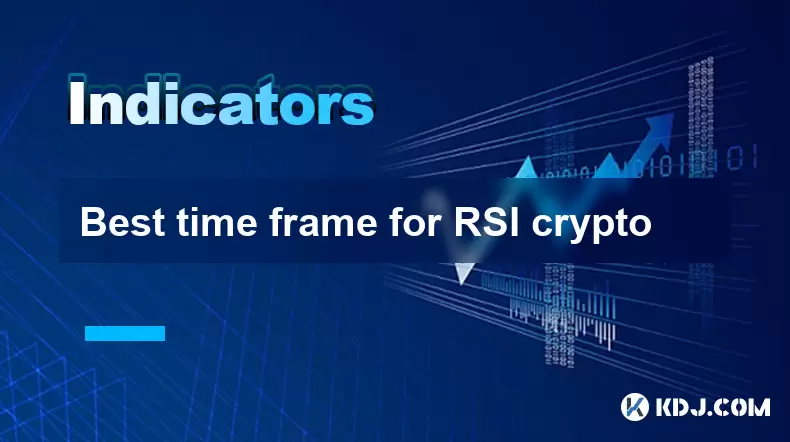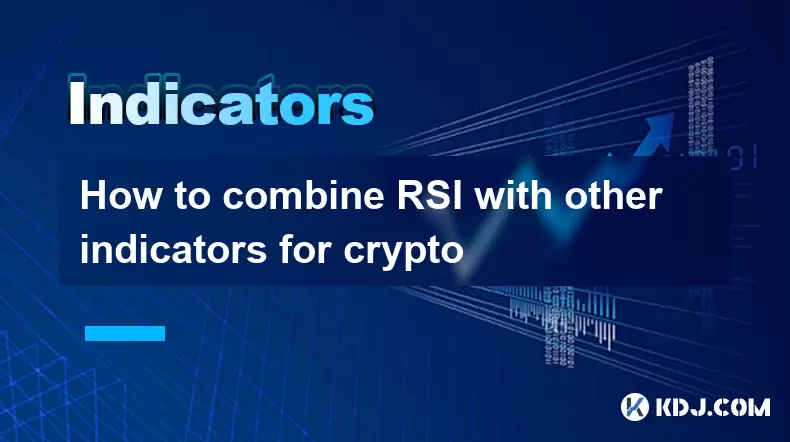-
 Bitcoin
Bitcoin $121,713.8152
3.06% -
 Ethereum
Ethereum $3,041.6437
2.42% -
 XRP
XRP $2.9499
5.12% -
 Tether USDt
Tether USDt $1.0000
-0.02% -
 BNB
BNB $704.1034
1.75% -
 Solana
Solana $166.7523
2.91% -
 USDC
USDC $0.9999
0.00% -
 Dogecoin
Dogecoin $0.2052
2.90% -
 TRON
TRON $0.3011
-0.47% -
 Cardano
Cardano $0.7461
1.42% -
 Hyperliquid
Hyperliquid $48.3650
1.12% -
 Stellar
Stellar $0.4548
3.52% -
 Sui
Sui $3.9527
14.50% -
 Chainlink
Chainlink $16.3300
5.87% -
 Bitcoin Cash
Bitcoin Cash $511.8016
1.25% -
 Hedera
Hedera $0.2395
1.40% -
 Avalanche
Avalanche $21.6526
2.06% -
 UNUS SED LEO
UNUS SED LEO $9.0073
-0.23% -
 Shiba Inu
Shiba Inu $0.0...01369
2.61% -
 Toncoin
Toncoin $3.0335
0.66% -
 Litecoin
Litecoin $96.6206
1.72% -
 Monero
Monero $355.1673
5.35% -
 Polkadot
Polkadot $4.0839
2.47% -
 Uniswap
Uniswap $9.3282
9.72% -
 Dai
Dai $0.9997
-0.01% -
 Ethena USDe
Ethena USDe $1.0004
-0.04% -
 Pepe
Pepe $0.0...01248
1.07% -
 Bitget Token
Bitget Token $4.4642
2.68% -
 Aave
Aave $325.0626
6.81% -
 Bittensor
Bittensor $418.1482
6.22%
Best time frame for RSI crypto
In crypto trading, RSI helps identify overbought (above 70) or oversold (below 30) conditions, but settings may vary based on asset volatility and time frame.
Jul 14, 2025 at 08:22 am

Understanding RSI in the Context of Cryptocurrency
The Relative Strength Index (RSI) is a momentum oscillator used to measure the speed and change of price movements. In the cryptocurrency market, where volatility reigns supreme, RSI helps traders identify overbought or oversold conditions. Typically ranging from 0 to 100, an RSI reading above 70 suggests overbought territory, while a value below 30 indicates oversold conditions. However, due to the erratic nature of crypto assets, these thresholds may need adjustment depending on the asset and time frame.
How Time Frames Influence RSI Signals in Crypto Trading
Time frames play a crucial role in interpreting RSI signals accurately. Short-term traders often rely on 1-minute, 5-minute, or 15-minute charts, where RSI can generate frequent but potentially noisy signals. Conversely, swing traders and investors may use 4-hour, daily, or weekly charts, where RSI provides more reliable and less volatile readings. The key lies in aligning the RSI time frame with your trading strategy and risk tolerance.
- Select a base chart that matches your trading horizon.
- Overlay the RSI indicator with default settings (14 periods) unless backtesting suggests otherwise.
- Observe how RSI behaves across different time frames for specific cryptocurrencies like BTC or ETH.
Optimal Time Frames for Day Traders Using RSI
For day traders navigating the fast-paced world of crypto, choosing the right RSI time frame is essential. Most active traders prefer using RSI on 15-minute or 1-hour charts to capture intraday trends without being overwhelmed by false signals. These intervals strike a balance between responsiveness and accuracy. On shorter intervals like 1-minute or 5-minute charts, RSI tends to whipsaw, giving misleading signals due to high volatility.
- Use RSI(14) on 15-minute charts for quick entries and exits.
- Combine with volume indicators to confirm RSI divergences.
- Avoid acting on RSI levels alone; always check support/resistance zones.
Suitable Time Frames for Swing Traders Utilizing RSI
Swing traders who hold positions for days or weeks benefit from using RSI on higher time frames such as 4-hour or daily charts. These intervals filter out noise and highlight significant trend reversals. For example, if Bitcoin’s daily RSI drops below 30, it could signal a strong buying opportunity after a prolonged downtrend. Similarly, RSI divergence on a 4-hour chart might indicate an imminent reversal even before it appears on lower time frames.
- Apply RSI(14) on daily charts to spot major trend shifts.
- Watch for hidden bullish or bearish divergences that form across multiple candles.
- Cross-reference with moving averages like EMA(20) or SMA(50) for confirmation.
Customizing RSI Settings Based on Market Conditions
While the standard setting for RSI is 14 periods, this doesn't mean it's universally optimal. Depending on the volatility and liquidity of the crypto asset, traders may adjust the period length. For highly volatile altcoins, reducing the RSI period to 7 or 10 can make it more responsive. Meanwhile, for stablecoins or large-cap cryptos like Ethereum, sticking with RSI(14) or even increasing it to 21 may yield better results.
- Lower RSI periods increase sensitivity but also false alarms.
- Higher RSI periods reduce noise but may lag behind sudden moves.
- Always backtest custom RSI configurations against historical data.
Frequently Asked Questions (FAQs)
Q: Can I use RSI alone for making crypto trades?
A: While RSI is a powerful tool, relying solely on it can lead to poor decisions. It works best when combined with other technical tools like moving averages, volume analysis, or Fibonacci retracements.
Q: What should I do when RSI shows overbought or oversold levels but the price continues trending?
A: This situation is common in strong trending markets. In such cases, RSI may remain in overbought or oversold territory for extended periods, so traders should look for divergences or trendline breaks rather than just extreme values.
Q: How does RSI perform during low-volume crypto trading sessions?
A: During low-volume periods, RSI may give misleading signals due to reduced market participation. It's advisable to cross-check with volume profiles or wait for increased activity before taking action.
Q: Is there a preferred RSI setting for Bitcoin versus altcoins?
A: Bitcoin typically performs well with RSI(14) on daily charts. Altcoins, especially those with high volatility, may benefit from RSI(7) or RSI(10) on shorter time frames to capture rapid price swings.
Disclaimer:info@kdj.com
The information provided is not trading advice. kdj.com does not assume any responsibility for any investments made based on the information provided in this article. Cryptocurrencies are highly volatile and it is highly recommended that you invest with caution after thorough research!
If you believe that the content used on this website infringes your copyright, please contact us immediately (info@kdj.com) and we will delete it promptly.
- Trump, Bitcoin, and Reserves: A New Era for Crypto?
- 2025-07-14 22:50:11
- Bitcoin's Wild Ride: All-Time Highs and Crypto Week Mania!
- 2025-07-14 23:10:12
- Bitcoin's Wild Ride: Coin Surge and Fintech Experts Weigh In
- 2025-07-14 23:10:12
- Bitcoin's Ascent: From Crypto to Valuable Asset Dominating Global Finance
- 2025-07-14 22:30:11
- Bitcoin Price Prediction & AI Tokens: Riding the Crypto Wave
- 2025-07-14 22:50:11
- Strategy Scoops Big Bitcoin Paper Gains: A New York Minute
- 2025-07-14 22:55:12
Related knowledge

Advanced RSI strategies for crypto
Jul 13,2025 at 11:01am
Understanding the Basics of RSI in Cryptocurrency TradingThe Relative Strength Index (RSI) is a momentum oscillator used to measure the speed and chan...

Crypto RSI for day trading
Jul 12,2025 at 11:14am
Understanding RSI in the Context of Cryptocurrency TradingThe Relative Strength Index (RSI) is a momentum oscillator used to measure the speed and cha...

Crypto RSI for scalping
Jul 12,2025 at 11:00pm
Understanding RSI in the Context of Crypto TradingThe Relative Strength Index (RSI) is a momentum oscillator widely used by traders to measure the spe...

What does an RSI of 70 mean in crypto
Jul 13,2025 at 06:07pm
Understanding the RSI Indicator in Cryptocurrency TradingThe Relative Strength Index (RSI) is a widely used technical analysis tool that helps traders...

How to avoid RSI false signals in crypto
Jul 13,2025 at 06:21pm
Understanding RSI and Its Role in Crypto TradingThe Relative Strength Index (RSI) is a momentum oscillator used to measure the speed and change of pri...

How to combine RSI with other indicators for crypto
Jul 12,2025 at 08:35am
Understanding the Role of RSI in Crypto TradingThe Relative Strength Index (RSI) is a momentum oscillator that measures the speed and change of price ...

Advanced RSI strategies for crypto
Jul 13,2025 at 11:01am
Understanding the Basics of RSI in Cryptocurrency TradingThe Relative Strength Index (RSI) is a momentum oscillator used to measure the speed and chan...

Crypto RSI for day trading
Jul 12,2025 at 11:14am
Understanding RSI in the Context of Cryptocurrency TradingThe Relative Strength Index (RSI) is a momentum oscillator used to measure the speed and cha...

Crypto RSI for scalping
Jul 12,2025 at 11:00pm
Understanding RSI in the Context of Crypto TradingThe Relative Strength Index (RSI) is a momentum oscillator widely used by traders to measure the spe...

What does an RSI of 70 mean in crypto
Jul 13,2025 at 06:07pm
Understanding the RSI Indicator in Cryptocurrency TradingThe Relative Strength Index (RSI) is a widely used technical analysis tool that helps traders...

How to avoid RSI false signals in crypto
Jul 13,2025 at 06:21pm
Understanding RSI and Its Role in Crypto TradingThe Relative Strength Index (RSI) is a momentum oscillator used to measure the speed and change of pri...

How to combine RSI with other indicators for crypto
Jul 12,2025 at 08:35am
Understanding the Role of RSI in Crypto TradingThe Relative Strength Index (RSI) is a momentum oscillator that measures the speed and change of price ...
See all articles

























































































